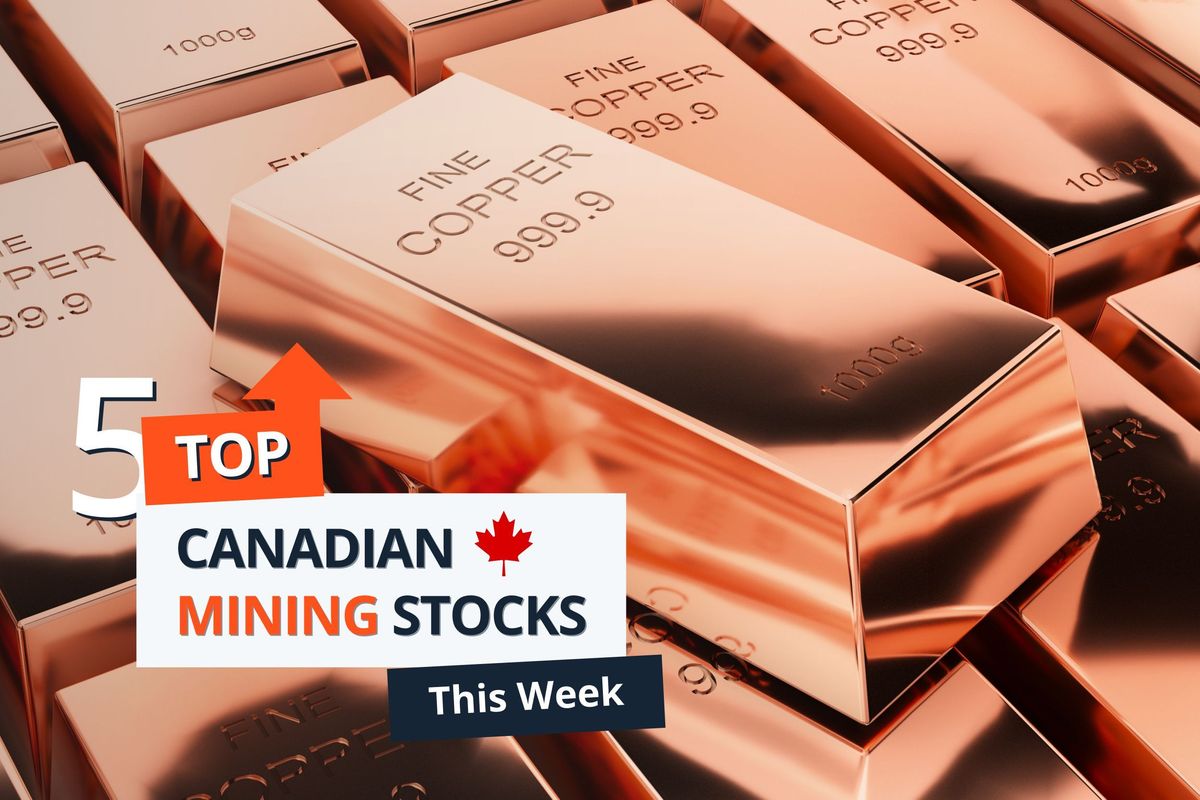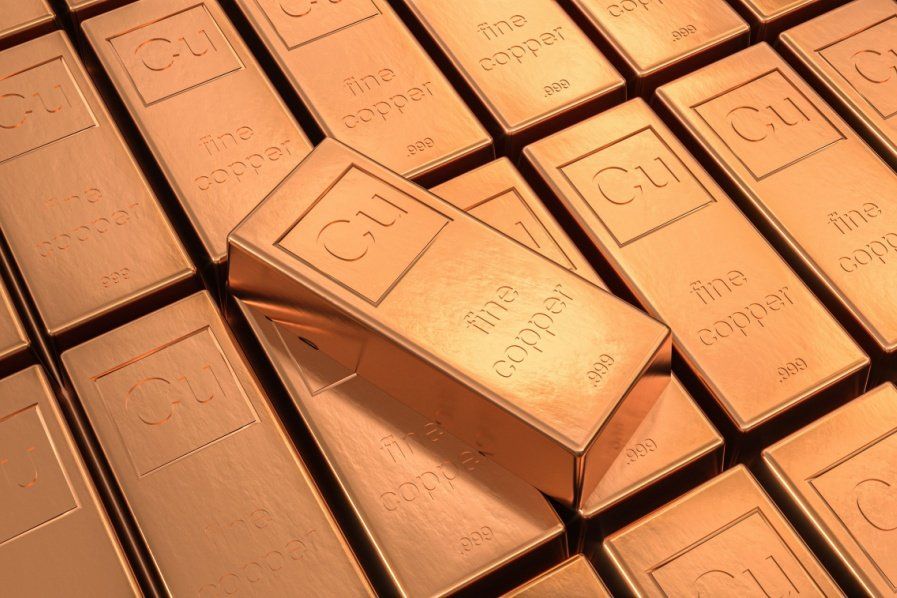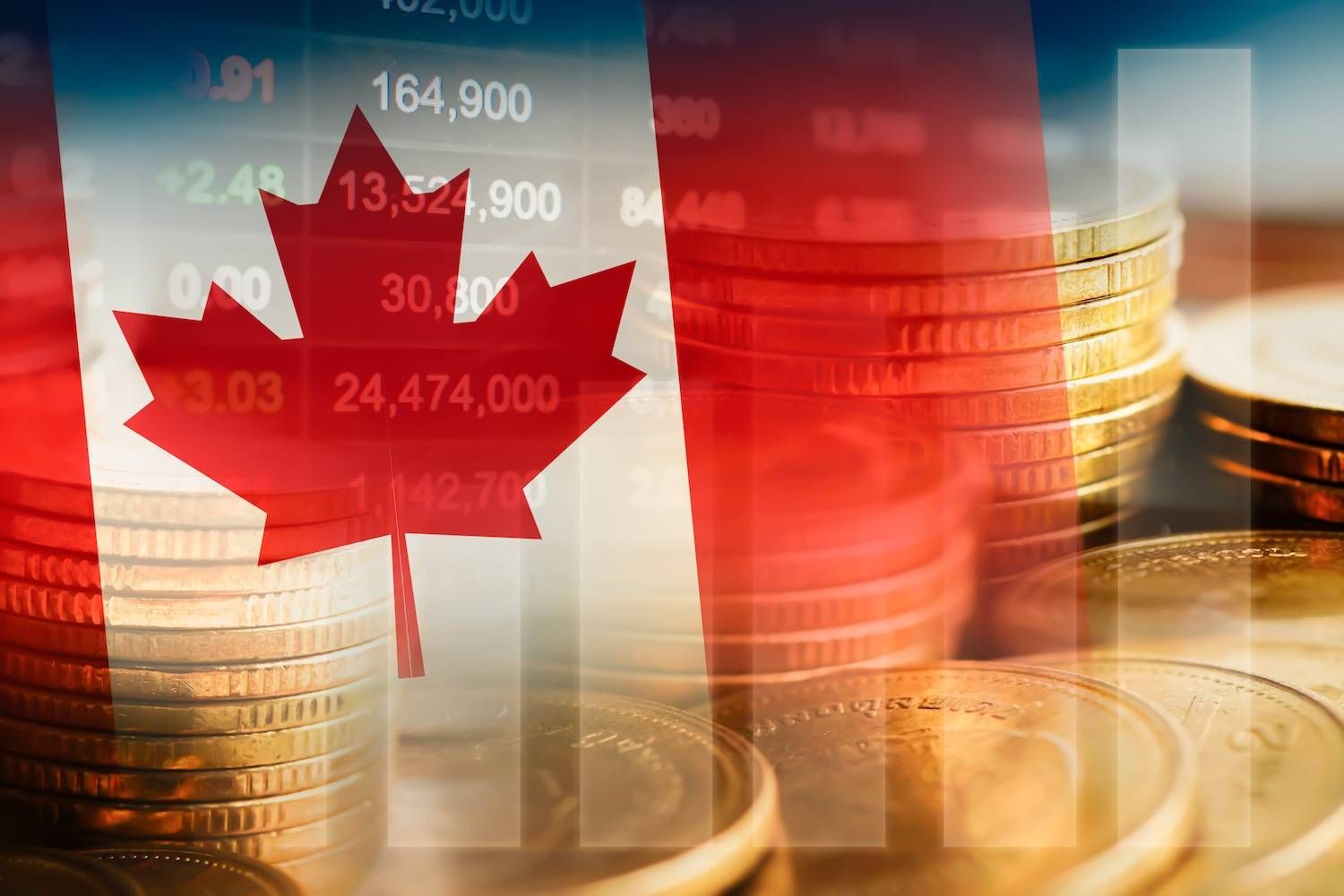
July 23, 2025
Forte Minerals Corp. (“Forte” or the “Company”) (CSE: CUAU) (OTCQB: FOMNF) (Frankfurt: 2OA), is pleased to announce the closing of its previously announced non-brokered private placement (the “Strategic Placement”) with a strategic investor (the “Investor”). The Investor has acquired 6,326,066 common shares at a price of C$0.90 per share, for gross proceeds of C$5.7 million.
Following today’s closing, the Investor holds 9.99 % of Forte’s issued and outstanding shares on a non-diluted basis, establishing a meaningful, long-term position in the Company’s copper-gold growth pipeline.
Patrick Elliott, President & CEO, commented:
“Closing this placement is a pivotal milestone for Forte. The investor’s conviction and long-term horizon validates our exploration thesis in Peru. With capital in hand and technical collaboration secured, we can accelerate exploration & drill permitting at Alto Ruri while unlocking value across our broader portfolio.”

Use of Proceeds:
Consistent with the terms announced on July 16, 2025, at least 80% of the proceeds will be directed toward exploration activities at Forte’s flagship Alto Ruri high-sulfidation epithermal gold project in central Peru. Remaining funds will be allocated to general working capital and corporate purposes.
Investor Rights Agreement Highlights:
Concurrent with closing, Forte and the Investor entered into an Investor Rights Agreement whereby the Investor is entitled to certain rights, subject to the Investor maintaining certain ownership thresholds in the Company, including technical information sharing rights and the right to participate in future equity financings and top-up its holdings in relation to dilutive issuances in order to maintain its percentage ownership interest in the Company. The Investor has also agreed to voting support and standstill covenants.
In addition, under the Investor Rights Agreement, the Investor and Forte will:
- form a joint technical advisory committee; and
- collaborate on community engagement and long-term access strategies.
A copy of the Investor Rights Agreement will be made available on SEDAR+.
All shares issued under the Strategic Placement are subject to a four-month plus one-day statutory hold period expiring November 24, 2025.
ABOUT FORTE MINERALS CORP.
Forte Minerals Corp. is an exploration company with a strong portfolio of high-quality copper (Cu) and gold (Au) assets in Peru. Through a strategic partnership with GlobeTrotters Resources Perú S.A.C., the Company gains access to a rich pipeline of historically drilled, high-impact targets across premier Andean mineral belts. The Company is committed to responsible resource development that generates long-term value for shareholders, communities, and partners.
On behalf of FORTE MINERALS CORP.
(signed) “Patrick Elliott”
Patrick Elliott, MSc, MBA, PGeo
President & Chief Executive Officer
Forte Minerals Corp.
For further information, please contact:
Investor Inquiries
Kevin Guichon, IR & Capital Markets
E: kguichon@forteminerals.com
C: (604) 612-9976
Media Contact
Anna Dalaire, VP Corporate Development
E: adalaire@forteminerals.com
T: (604) 983-8847
info@forteminerals.com
www.forteminerals.com
Follow Us On Social Media: LinkedIn | Instagram | X | Meta | The Drill Down; Newsletter
Certain statements included in this press release constitute forward-looking information or statements (collectively, “forward-looking statements”), including those identified by the expressions “anticipate”, “believe”, “plan”, “estimate”, “expect”, “intend”, “may”, “should” and similar expressions to the extent they relate to the Company or its management. The forward-looking statements are not historical facts but reflect current expectations regarding future results or events. This press release contains forward-looking statements relating to the intended use of proceeds of the Strategic Placement. These forward-looking statements and information reflect management's current beliefs and are based on assumptions made by and information currently available to the Company with respect to the matter described in this press release. Forward-looking statements involve risks and uncertainties, which are based on current expectations as of the date of this release and subject to known and unknown risks and uncertainties that could cause actual results to differ materially from those expressed or implied by such statements. Additional information about these assumptions and risks and uncertainties is contained under “Risk Factors and Uncertainties” in the Company’s latest management’s discussion and analysis, which is available under the Company’s SEDAR+ profile at www.sedarplus.ca, and in other filings that the Company has made and may make with applicable securities authorities in the future.
Forward-looking statements are not a guarantee of future performance and involve risks, uncertainties and assumptions which are difficult to predict. Factors that could cause the actual results to differ materially from those in forward-looking statements include the continued availability of capital and financing, and general economic, market or business conditions. Forward-looking statements contained in this press release are expressly qualified by this cautionary statement. These statements should not be read as guarantees of future performance or results. Such statements involve known and unknown risks, uncertainties and other factors that may cause actual results, performance or achievements to be materially different from those implied by such statements. Although such statements are based on management's reasonable assumptions, there can be no assurance that the statements will prove to be accurate or that management’s expectations or estimates of future developments, circumstances or results will materialize. The Company assumes no responsibility to update or revise forward-looking information or statements to reflect new events or circumstances unless required by law. Readers should not place undue reliance on the Company’s forward-looking statements.
Neither the Canadian Securities Exchange (the “CSE”) nor its Regulation Services Provider (as that term is defined in the policies of the CSE) accepts responsibility for the adequacy or accuracy of this release.
cse stockscopper stockscopper explorationgold stocksgold explorationgold investingcse:cuaucopper investingCopper Investing
CUAU:CC

Sign up to get your FREE
Forte Minerals Investor Kit
and hear about exciting investment opportunities.
- Corporate info
- Insights
- Growth strategies
- Upcoming projects
GET YOUR FREE INVESTOR KIT
The Conversation (0)
14 March 2024
Forte Minerals
Developing a portfolio of high-quality copper and gold assets in Peru
Developing a portfolio of high-quality copper and gold assets in Peru Keep Reading...
13h
Nine Mile Metals Announces Completion of DDH WD-25-02B and Continues to Confirm Zones of Copper Rich VMS with 66 Meters of Mineralization at the Wedge Project
Nine Mile Metals LTD. (CSE: NINE,OTC:VMSXF) (OTC Pink: VMSXF) (FSE: KQ9) (the "Company" or "Nine Mile") is pleased to announce that the 3rd drill hole in its Wedge Western Extension Drill Program (DDH-WD-25-02B) has been completed.DDH WD-25-02B was collared approximately 60 meters northwest of... Keep Reading...
19 December
Top 5 Canadian Mining Stocks This Week: Pacific Empire Metals Gains 200 Percent on Drill Results
Welcome to the Investing News Network's weekly look at the best-performing Canadian mining stocks on the TSX, TSXV and CSE, starting with a round-up of Canadian and US news impacting the resource sector.Statistics Canada released November’s consumer price index (CPI) data on Monday (December... Keep Reading...
17 December
Nine Mile Metals Announces Certified High-Grade Assay Results up to 15.21% Copper from the Wedge Project, Bathurst, New Brunswick
Nine Mile Metals LTD. (CSE: NINE,OTC:VMSXF) (OTC Pink: VMSXF) (FSE: KQ9) (the "Company" or "Nine Mile") is pleased to announce Certified Assay results for volcanogenic massive sulphide (VMS) mineralization collected from the pre-drill area on the Wedge VMS Project, in the world-famous Bathurst... Keep Reading...
16 December
Top 5 Copper News Stories of 2025
Copper prices surged to unprecedented levels in 2025, hitting all-time highs. Tight supply played a key role, along with solid demand tied to electrification and the shift to cleaner energy.The red metal's big moves came alongside gains in precious metals, highlighting an unusual year in which... Keep Reading...
16 December
Canadian Approval Pushes Teck, Anglo Closer to Creating US$53 Billion Miner
Canada has approved the merger of Teck Resources (TSX:TECK.A,TECK.B,NYSE:TECK) and Anglo American (LSE:AAL,OTCQX:AAUKF), clearing a major regulatory hurdle for the creation of a new global mining heavyweight worth over US$53 billion.Teck and Anglo American said they received approval under the... Keep Reading...
Latest News

Sign up to get your FREE
Forte Minerals Investor Kit
and hear about exciting investment opportunities.
- Corporate info
- Insights
- Growth strategies
- Upcoming projects
GET YOUR FREE INVESTOR KIT
Interactive Chart
Latest Press Releases
Related News
TOP STOCKS
American Battery4.030.24
Aion Therapeutic0.10-0.01
Cybin Corp2.140.00





